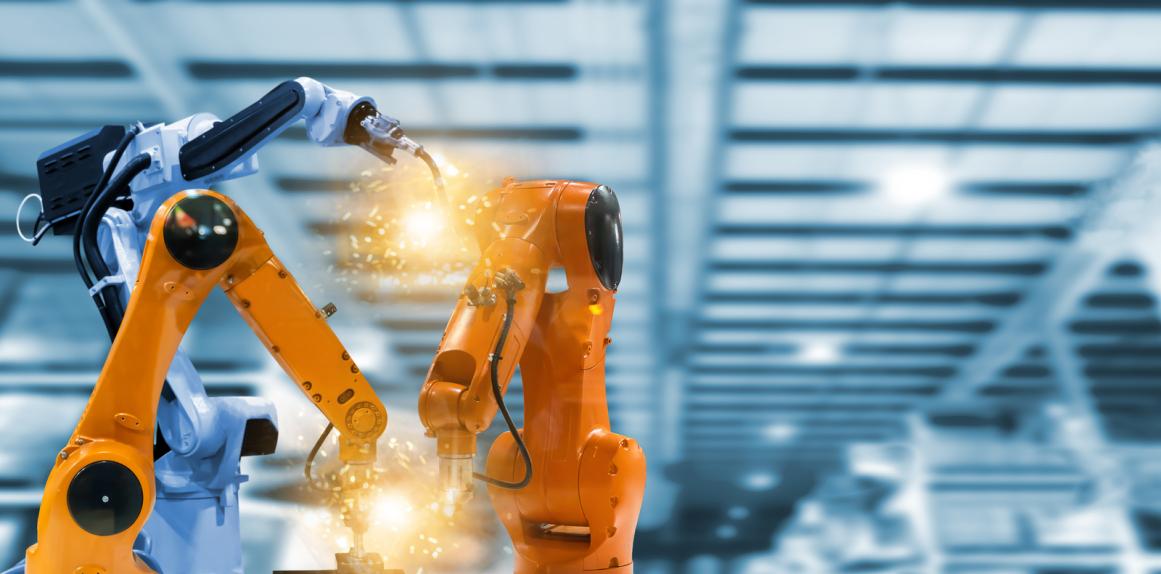The use of robotic technology has simplified industrial welding to a great degree. With the right automation equipment, you can achieve consistent high-quality welding, rapid productivity, and minimum errors. The automation of the welding process has led to benefits in the final product and economies of scale.
They also offer a seamless integration of automated systems that are profitable, safe, and reliable—all with a user-friendly interface.
Several manufacturing performance factors such as quality, productivity, and consistency must be considered before deploying automating welding processes with industrial robots.
How Does a Welding RobotWork?
The welding automation process uses robots as the key source for motion monitoring systems. The main parts of a welding robot include:

Wire Feeder
The robot uses linear and articulated models that give it more precision and control. As the robot moves, the wire feeder pushes the welding wire. The heat generated by the flashlight at the end of the robotic arm melts the wire and forms a weld. The cutting torch has a capacity to produce extremely high temperatures for welding precision.
System Operator
The system operator brings the robot to life by activating the teach pendant, changing the system parameters, and preparing the robot for the next process. The welding robots perform the welding process and other applications in the same production line as waste material recycling.
Importance of a Robotic Welder
One of the objectives of robotic welding automation is to keep personnel isolated from dangerous processes such as welding, guaranteeing their safety. However, operators will continue to play an essential role in the automation process.
Robotic welding is an important part of accelerating productivity. By accelerating the completion and delivery of the product, the process can also differentiate the company from its competitors, current systems adapt more easily to changes and new tasks allowing companies to acquire more flexible tools to adapt to various types of processes.
Benefits of Robotic Welding Process
A robotic welder offers several benefits such as:
- The welding quality automation process consistently provides highly reliable welding.
- Robotic systems operate faster and are generally more energy-efficient, and generate less waste.
- The robotic welding process is faster and active longer without sacrificing precision or quality providing superior performance.
- Robots handle high volumes of repetitive tasks while minimizing production time, performing them at a higher speed.
- Labor is one of the most expensive aspects of production. Automated processes help reduce labor costs and risk of injury.
There are multiple options of versatile and flexible automated welding systems that establish good workflow, providing consistent results showing the rapid change in production rates. Before making an investment, it’s important to have a clear understanding of how robotic welding affects your operations. Finding the right robotic welding solution maximizes productivity and accelerates your ROI.
At Used Robots Trade, we offer Mitsubishi robots, Motoman, FANUC robots, KUKA robots, and a range of other robots on sale. You can also buy welding robots and the best robot mechanical parts from us! Contact us for more information.
